In 1950, only one-third of the world population lived in cities, but in 2015, more than half of them are urbanized, and it is estimated that it will be reached to two-third by 2050. However, new urbanization has its specific features and qualities that one of them is the issue of metropolises.
According to statistics, there were only 13 metropolises with more than one million people in the world in 1900 while it reached to more than 300 metropolitan areas in the beginning of the 21st century. Currently, there are more than 37 large cities in the world with more than 10 million people.
Today, increase in the number of metropolises and its impact on different fields are so that it can be called metropolitan revolution. Now, after the governments, nations, metropolises, and metropolitan areas are the most important geographical units for economic activities. Around the globe and by any economic model, more than half of national revenues of countries are produced in metropolitan areas. This statistics is changing from 55 percent in developing countries to 80 percent in developed ones.
Metropolises, whether poor or rich, developing or developed, have one thing in common; they play significant role in GDP more than their population. In countries that their urbanization rate is 32 percent, cities and metropolitan areas produce 55 percent of GDP. In countries with average income and with 50 percent urban population, metropolises have 73 percent GDP. More than 85 percent of GDP is related to metropolises in developed countries with urban population of 79 percent.
For example, 10 metropolises that only have 2.6 of the world population include more than 21 percent of economic activities. 50 large metropolitan areas that include 7 percent of the world population devoted about 40 percent of economic activities in the world to themselves. However, 60 metropolises with more than 5 million people including 10 percent of the world population have more than one-third of the world’s economic activities. These statistics indicate economic importance and its importance in today’s world.
Tokyo-Yokohama is the largest metropolitan areas in terms of economic activities having economic production about 2 trillion USD. New York and metropolitan area of Kobe, Osaka, Nagoya, and Chicago are other large areas regarding economic activities.
Economically, one of the most important reasons of metropolises’ success is that they are bottlenecks of knowledge and innovation production. Metropolitan areas absorb people with all of their skills and experiences in themselves.
Geographic concentration of people and skills as well as their creativeness provide unique opportunity and condition for metropolitan areas. Because of this process, new industries are established, the speed of innovation is increased, and advanced technologies with high efficiency are applied. Therefore, it can be said that metropolises in today’s world launch a constant flow of creativity and innovation and they act as the centers of economy, technology, culture, free time, education, and transport market.
On the other hand, metropolises, particularly in developing countries, are suitable place for investment. According to the statistics, solving the problem of housing and urban infrastructures in the metropolises of developing countries require more than 6.3 trillion dollars investment by 2030.
It seems that the phenomenon is an objective reality that should be accepted for development. National and international economic-political framework should be planned for its development as well. The important point regarding prosperity of metropolises in national and global economic arena is to have economic strategy. One of the key points in management or good urban governance is the issue of developing macro-economic strategy of the city.
Good urban management should be combined with governmental, private, civil sectors to develop a mechanism to consider the interests of all groups. Such management can act in times of economic crisis and survive economic life of the city. Barcelona is a good instance in this case that confronted with unemployment and slump crisis in 1970s, but good management proposed to host Olympic Games in 1992 as a catalyst and economic stimulus in order to re-boost in the city.
Transformational management in metropolises should be able to design widely economic landscape in particular conditions. To achieve it, people’s willingness to participate (WTP) is very important. People and all beneficiaries should trust city management. In such situation, good urban governance will be achieved and a metropolis can be instance in national and global arena.
Hossein Mohammadpour Zarandi is president of Iran Urban Economics Scientific Association (IUESA).


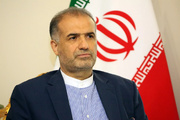


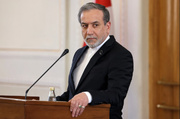
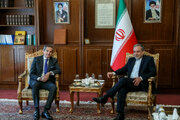

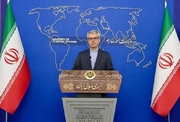













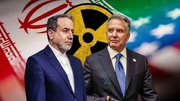

Your Comment